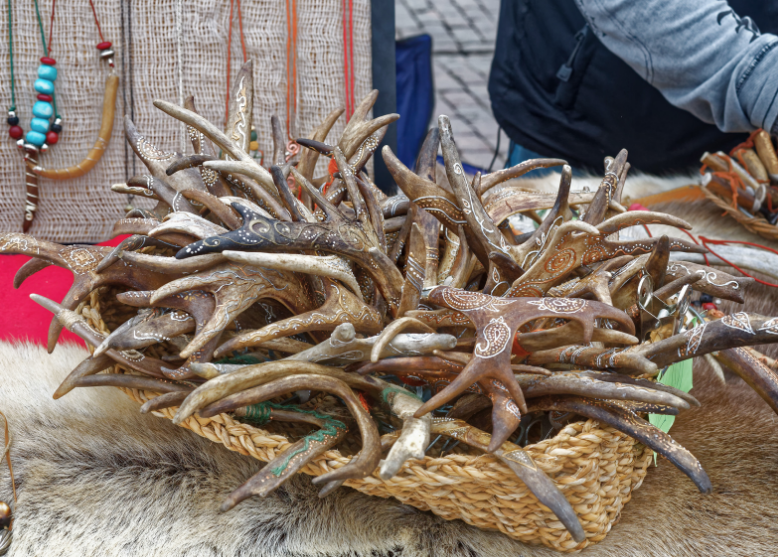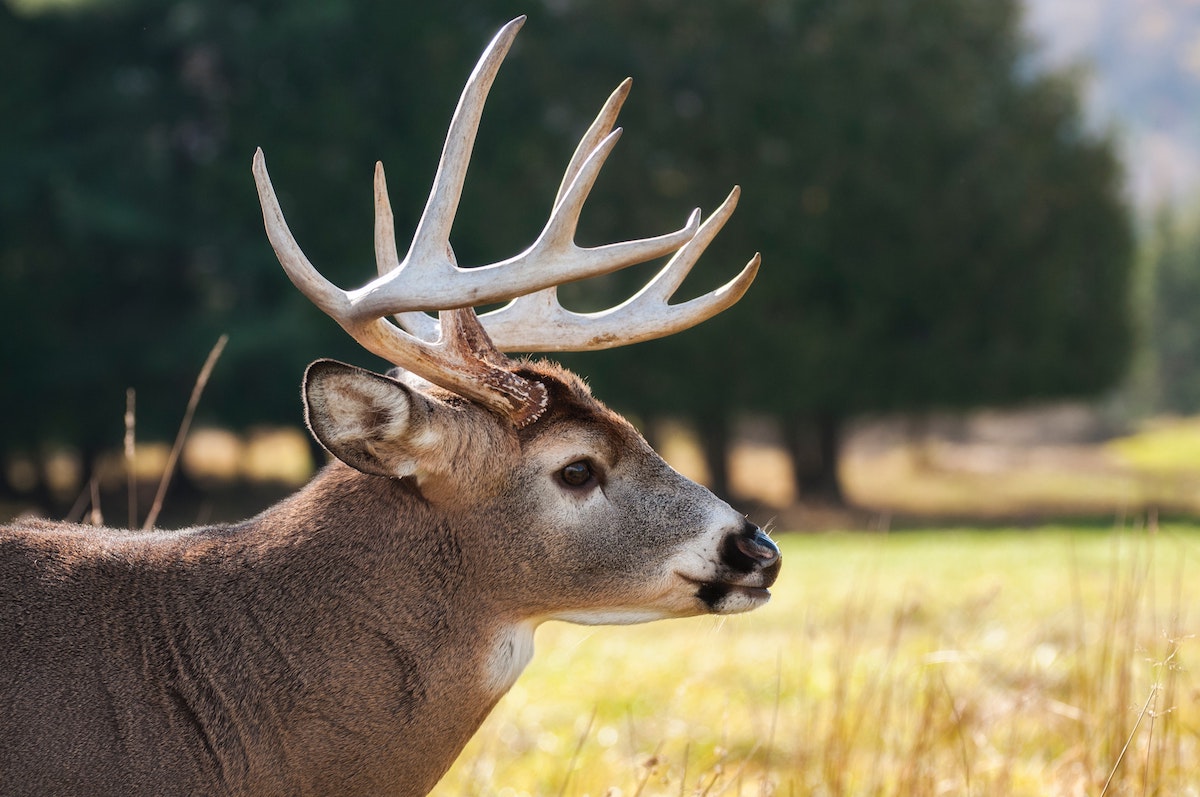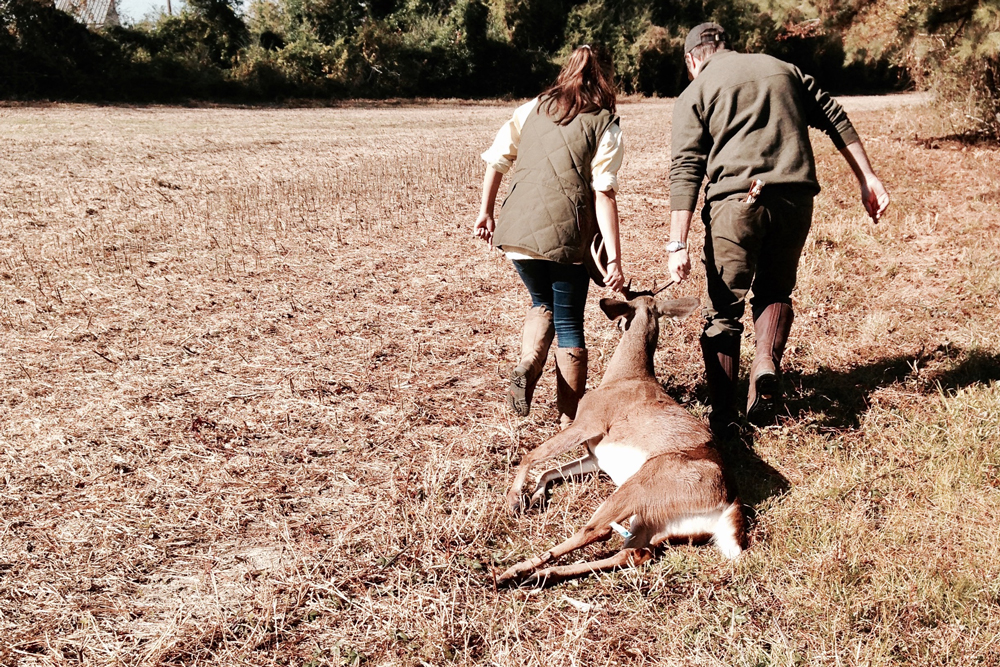About the only limitation on the use of deer antlers is one’s level of skill and imagination. Here are some suggested uses for deer antlers.
Making Complete Use of Your Deer
The “eat what you kill” mantra is commonplace in the sportsman’s world and rightly so; it should lie at the heart of every hunter’s ethical standards. When it comes to venison, deer meat forms a welcome aspect of successful hunts thanks to its abundant promise of culinary delight. Moreover, with the great whitetail resurgence, which is among the leading conservation success stories of the last century, deer are abundant over most of the country. Yet there’s much more to the story. For starters, not all edible portions of deer are customarily utilized the way they should be—think organ meats, ribs and neck portions, for example. That’s a shame, but forms a topic for another time. Where sportsmen really miss out is in the pleasure to be derived from creative use of those portions of a deer unsuitable for eating but highly useful in other ways, like deer antlers. The virtues of taking to the whitetail trail extend far beyond the dining pleasure provided by venison, for other parts of the animal have a myriad of uses.
Just as Native Americans ingeniously figured out practical applications for parts of the deer they could not consume, the modern sportsman can do the same. He may not be driven by the same survival instincts or elemental needs, but the feeling using an animal to the fullest provides remains timeless. Crafting aesthetically appealing tools, creating artistic arrangements which readily attract the eye, or otherwise turning what could have been waste into things of wonder brings a pleasing sense of inner satisfaction soothing to the hunter’s soul. It also forms an enduring tribute to the ethos of the hunt.
Why Use Deer Antlers?
Various non-edible portions of a whitetail can be utilized, including the hooves, hide, tail and bones. Without question though, the most appealing approaches come from use of precisely that attribute of a buck which draws the most hunter attention—its antlers. Not only are a whitetail’s antlers the first thing likely to catch a hunter’s attention; those racks provide the most varied options for anyone anxious to turn creative with what can’t be eaten. Antlers even have one little “extra” not associated with other parts of the deer covered here. Shed hunting in the spring can be great fun, something anyone who has participated in woodland tramps in search of elusive bounty from the earth such as morel mushrooms or ginseng roots will readily understand. The discovery of dropped antlers has yet another benefit in that it sends meaningful messages to the hunter when it comes to spots he might want to hunt and perhaps knowledge that there’s a fine buck calling the area home.
Yet such considerations are just fringe benefits. It’s the endless potential offered by antlers that can be a real joy, one with the potential to stretch a few weeks when the hunting season is open to year-around activity. So diverse is the list of possibilities for working with antlers it can rival the length of a checklist the gear-crazy hunter makes for himself to be sure he does head out on the first day of the season lacking some piece of “essential” paraphernalia. Whether from a deer you have killed a shed you have found, or whether it’s five-inch protrusions from a yearling or an impressive rack from a buck in his prime, there are virtually endless possibilities awaiting the craftsman. About the only limitation on the use of antlers is one’s level of skill and imagination. Here are some suggested projects and usages for antlers, and I’m betting most readers can readily think of a number more.
Ideas for Crafting with Deer Antlers
On the decorative side of things are, in no particular order of importance or ease of creation, centerpieces for the hunter’s table, napkin holders, wall hangings, candle holders, wreathes, rustic door handles of the drop-latch type, holders for rolls of toilet paper, light fixtures, pulls at the bottom of string- or chain-operated light switches of the old-fashioned sort, tips for bolo ties, sections cut for costume jewelry, bits of tine to add a decorative flair to hat bands, the end of a tine as part of a key ring, and much more. Then there’s scrimshaw, where an artist can take a larger section from the base of a heavy-antlered deer, flatten out a portion of it, and have a carving surface as appealing in its own way as an elephant tusk, walrus tusk or whale bone—and the raw material is far more readily available.
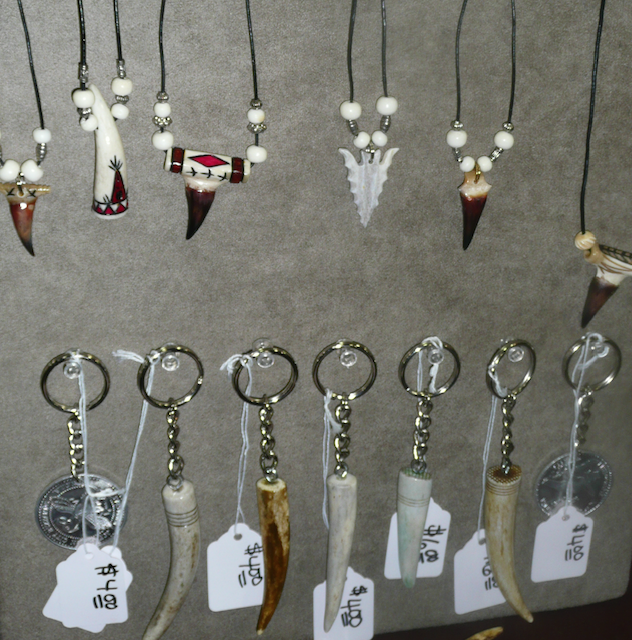
Practical Uses for Deer Antlers
While many of these suggestions have their utilitarian side, there are other uses which utilize antlers in a highly practical fashion. Some suggestions in this regard include fasteners for a deerskin jacket or possibles bag; handles for fixed blade knives, kitchen cutlery or other utensils; or a base for displaying something like a small, framed photograph or an ornate turkey call.
Mention of the wild turkey brings another range of antler artisanship to the forefront. A section from an decent buck’s main beam sawn to a length of about five inches, with a protruding tine in the middle (again, sawn off) so it fits fitting between one’s middle and ring finger, offers a starting point for a dandy turkey tote. Just bore a hole through the middle at a 90-degree angle to the protruding portion of tine and outfit it with stout cord or a section of deer rawhide. You have the perfect way to sling a fine longbeard over your shoulder and carry it from the spring woods.
Another possibility is to bore out the center of an antler section to serve as the trumpet end of a suction call for turkey hunting. Fitted with a wingbone it becomes a delightfully different and perfectly functional yelper. It may have neither the resonance nor the “carry” of a true wingbone call, but for certain sounds, such as muted clucks, tree yelps and the soft “pitts” hens make as they awaken, it’s a dandy asset in the greening-up woods of spring.
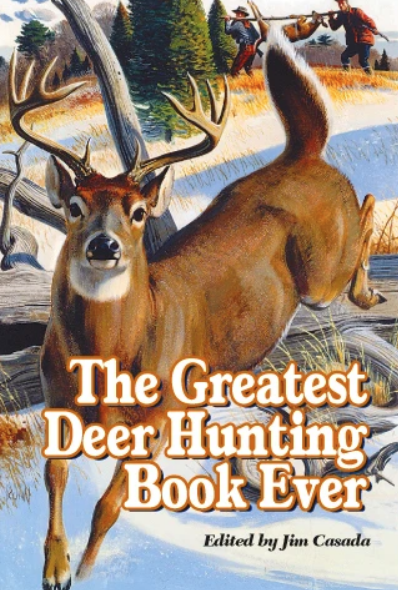 On these pages is a stellar lineup featuring some of the greatest names in American sporting letters. There’s Nobel and Pulitzer prize-winning William Faulkner, the incomparable Robert Ruark in company with his “Old Man,” Archibald Rutledge, perhaps our most prolific teller of whitetail tales, genial Gene Hill, legendary Jack O’Connor,Gordon MacQuarrie and many others.
On these pages is a stellar lineup featuring some of the greatest names in American sporting letters. There’s Nobel and Pulitzer prize-winning William Faulkner, the incomparable Robert Ruark in company with his “Old Man,” Archibald Rutledge, perhaps our most prolific teller of whitetail tales, genial Gene Hill, legendary Jack O’Connor,Gordon MacQuarrie and many others.
Altogether, these carefully chosen selections from the finest writings of a panoply of sporting scribes open wide the door to reading wonder. As you read their works you’ll chuckle, feel a catch in your throat or a tear in your eye, and venture vicariously afield with men and women who instinctively know how to take readers to the setting of their story. Buy Now

